When it comes to storing spices, the choice of packaging is far more than a simple container decision. The right packaging preserves the delicate flavors, aromas, and freshness of spices, protects them from environmental factors, and also reflects the brand’s values and quality standards. At Paupacking, accessible atwww.paupacking.com, we specialize in premiumGlass Jarstailored to meet the rigorous demands of spice storage. Our glass jars combine superior functionality, durability, sustainability, and aesthetic appeal, making them the preferred choice over plastic jars.
In this comprehensive article, we will explore in great depth why glass jars are better than plastic jars for spices. We will examine material properties, preservation benefits, health and safety considerations, environmental impact, consumer preferences, and much more. By the end, you will understand why Paupacking’s glass jars are the ideal packaging solution for spices and how they can elevate your brand.
1. Preservation of Freshness and Flavor: The Heart of Spice Storage
Spices are complex natural products rich in volatile oils and aromatic compounds that give them their distinctive flavors and fragrances. These compounds are highly sensitive to air, moisture, light, and temperature. The packaging material and design must provide an optimal barrier to preserve these qualities.
Why Glass Jars Excel at Preserving Freshness
Glass is an impermeable, non-porous material that forms an excellent barrier against oxygen and moisture — two primary enemies of spice freshness. When spices are exposed to oxygen, oxidation reactions degrade their essential oils, leading to loss of aroma and flavor. Moisture can cause clumping, microbial growth, and spoilage.
Paupacking’sGlass Jarsfeature airtight lids with silicone or rubber seals that prevent air and moisture ingress, maintaining a stable internal environment. This airtight seal dramatically slows oxidation and preserves the volatile oils responsible for the spices’ potency.
Moreover, glass does not interact chemically with spices. It neither absorbs nor imparts odors or flavors, ensuring that the spices’ original profile remains intact. This is particularly important for delicate spices like saffron, vanilla, or cardamom, where subtle flavor notes are critical.
Limitations of Plastic Jars in Freshness Preservation
Plastic jars, especially those made from common polymers like PET or polypropylene, are semi-permeable to gases and moisture. Over time, micro amounts of air and humidity can penetrate plastic containers, accelerating the degradation of spices.
Additionally, plastic can absorb and retain odors from previous contents or external sources, leading to cross-contamination of flavors. This is especially problematic when the same plastic jar is reused for different spices.
Plastic lids often do not provide the same airtight seal as glass jar lids, allowing slow but continuous exposure to air and moisture. This results in faster flavor loss and reduced shelf life.
Paupacking’s Commitment to Freshness
At Paupacking, our glass jars are engineered with precision sealing systems to ensure maximum freshness retention. Our clients consistently report extended shelf life and superior flavor preservation when using our glass jars compared to plastic alternatives.
2. Superior Barrier Against Moisture and Contaminants
Moisture is a silent but potent adversary in spice storage. Even minimal moisture exposure can lead to clumping, mold growth, and microbial spoilage, rendering spices unusable.
Glass Jars Provide an Impermeable Moisture Barrier
Glass’s dense, non-porous structure completely blocks moisture from penetrating the container walls. Combined with airtight lids, Paupacking’sGlass Jarscreate a sealed environment that keeps spices dry and free-flowing.
This moisture barrier is especially critical in humid climates or kitchens where steam and water vapor are prevalent. Spices stored in glass jars maintain their texture, preventing the formation of lumps or caking.
Plastic Jars and Moisture Challenges
Plastic jars, while lightweight and inexpensive, often have microscopic pores or imperfect seals that allow moisture ingress. Over time, this can cause clumping and spoilage, reducing product quality and consumer satisfaction.
Plastic lids may also degrade or warp, compromising the seal and increasing moisture exposure. This is particularly true when exposed to heat or repeated opening and closing.
Paupacking’s Quality Assurance
Our glass jars undergo rigorous testing to ensure airtightness and moisture resistance. We use high-quality sealing materials and precision manufacturing to guarantee that moisture never compromises your spices.
3. Resistance to Temperature Fluctuations and Durability
Spices are often stored in kitchens where temperatures fluctuate due to cooking activities, sunlight, or refrigeration. Packaging must withstand these conditions without degradation.
Glass Jars’ Superior Thermal Stability
Glass is highly resistant to temperature changes. Paupacking’s glass jars can safely endure hot filling, refrigeration, and ambient temperature variations without warping, cracking, or releasing harmful substances.
This thermal stability ensures that spices remain protected regardless of storage conditions. Glass jars also maintain their structural integrity over time, resisting scratches, stains, and discoloration.
Plastic Jars’ Vulnerability to Temperature
Plastic jars are more susceptible to deformation, cracking, and chemical leaching when exposed to heat or cold. Some plastics release harmful chemicals like BPA or phthalates under heat stress, posing health risks.
Plastic jars may also become brittle over time, especially when washed repeatedly or exposed to sunlight, leading to premature failure.
Paupacking’s Durable Glass Solutions
Paupacking’s glass jars are crafted from thick, tempered glass designed for longevity and resistance to kitchen hazards. Our jars provide peace of mind that your spices are stored safely and attractively.


4. Health and Safety: BPA-Free and Chemical Inertness
Consumer awareness of packaging safety has never been higher. Many plastic containers contain BPA or other additives that can migrate into food products, especially under heat or acidic conditions.
Glass Jars Are Inherently Safe
Glass is chemically inert, meaning it does not react with food or release any substances. Paupacking’sGlass Jarsare free from BPA, phthalates, and other harmful chemicals, making them a safe choice for all types of spices.
This safety is crucial for consumers with sensitivities or allergies and aligns with clean-label trends where transparency and purity are paramount.
Plastic Jars’ Potential Health Risks
Many plastic jars contain additives that can leach into spices, especially if stored for long periods or exposed to heat. BPA, in particular, has been linked to hormonal disruptions and other health issues.
While BPA-free plastics exist, they often lack the durability and barrier properties of glass, making them a less reliable option for spice storage.
Paupacking’s Commitment to Safety
Our glass jars meet all relevant food safety standards and regulations, providing a trusted packaging solution for health-conscious brands and consumers.


5. Environmental Sustainability and Eco-Friendliness
Sustainability is a critical consideration in today’s packaging decisions. Glass jars offer significant environmental advantages compared to plastic.
Glass Is 100% Recyclable and Infinitely Reusable
Glass can be recycled endlessly without loss of quality or purity. Paupacking’s glass jars promote circular economy principles by encouraging reuse and recycling, reducing landfill waste and conserving resources.
Glass production uses abundant natural materials such as sand and soda ash, and advances in manufacturing have reduced energy consumption and emissions.
Plastic’s Environmental Challenges
Plastic jars are typically derived from fossil fuels, contributing to carbon emissions and environmental degradation. While some plastics are recyclable, they often degrade in quality after recycling and contribute to microplastic pollution.
Plastic waste is a global environmental crisis, with many plastic containers ending up in oceans and landfills.
Paupacking’s Sustainable Packaging Philosophy
Paupacking prioritizes sustainability by offering eco-friendly glass jars and collaborating with clients to reduce packaging waste. Our products support brands in meeting their environmental goals and appealing to eco-conscious consumers.


6. Transparency and Aesthetic Appeal
Packaging is not only functional but also a key marketing tool. Glass jars excel in visual appeal and product presentation.
Glass Jars Showcase Spices Beautifully
Clear glass jars allow consumers to see the vibrant colors and textures of spices, enhancing shelf appeal and encouraging purchase. This transparency builds trust by showing product quality upfront.
Paupacking offers a variety of glass finishes, including clear, frosted, and tinted options, combined with elegant lids such as bamboo or metal to create premium packaging.
Plastic Jars Often Lack Clarity and Elegance
Plastic jars may be opaque, tinted, or prone to clouding and scratching, reducing visual appeal. They often feel less premium and can detract from the perceived quality of the spices.
Paupacking’s Design Expertise
Our design team helps clients select and customize glass jars that elevate brand identity and attract discerning consumers.


7. Ease of Cleaning and Reusability
Glass jars are easy to clean and sterilize, making them ideal for repeated use.
Glass Jars Resist Staining and Odor Retention
Unlike plastic, glass does not retain odors or stains, ensuring that jars can be reused for different spices or other kitchen uses without contamination.
Paupacking’s glass jars are dishwasher safe and maintain clarity and quality after repeated washing.
Plastic Jars Degrade with Use
Plastic jars tend to stain and absorb odors, limiting their reuse potential. They may also degrade or warp after washing.
Reusability supports sustainability and cost savings, making glass jars a smart long-term investment.


8. Durability and Longevity
Despite perceptions of fragility, Paupacking’s glass jars are manufactured with thick, robust glass designed to withstand daily kitchen use.
Glass Jars Resist Scratches and Maintain Appearance
Glass jars retain their pristine look over time, resisting scratches, discoloration, and wear.
Plastic Jars Are Prone to Damage
Plastic jars can crack, warp, or discolor, reducing their lifespan and aesthetic appeal.
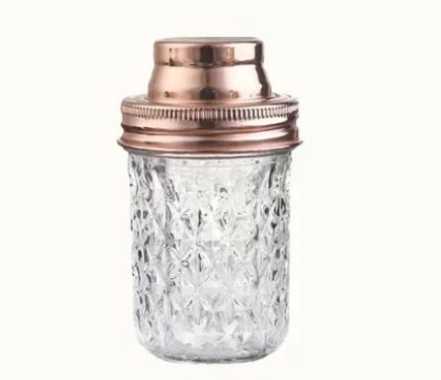

9. Versatility and Customization
Glass jars offer unmatched versatility in size, shape, finish, and branding.
Paupacking’s Extensive Customization Options
We provide a broad range of jar sizes from small 50ml to large 500ml, shapes including round, square, and hexagonal, and finishes such as frosted or tinted glass.
Our lids come in bamboo, metal, or silicone seals, and we offer embossing, screen printing, and custom labeling to create unique packaging.
Plastic Jars Offer Limited Customization
Plastic jars are often limited in design and finish options and may not convey premium brand positioning.
10. Consumer Preference and Market Trends
Consumers increasingly prefer natural, sustainable, and premium packaging.
Glass Jars Align with Consumer Expectations
Glass jars are associated with quality, authenticity, and environmental responsibility, enhancing brand trust and loyalty.
Paupacking Supports Brands in Meeting Market Demands
Our glass jars help brands connect with modern consumers seeking clean-label, eco-friendly products.


Table: Comparison of Glass Jars vs. Plastic Jars for Spices
| Feature | Glass Jars | Plastic Jars |
|---|---|---|
| Freshness Preservation | Excellent airtight seal, non-porous | Variable seal, porous to air/moisture |
| Flavor Retention | Superior, no absorption or leaching | Can absorb odors, flavor degradation |
| Moisture Resistance | High, airtight lids prevent humidity ingress | Lower, seals may degrade |
| Temperature Resistance | High, withstands heat/cold without warping | Lower, prone to warping and chemical leaching |
| Health Safety | BPA-free, chemically inert | May contain BPA or additives |
| Environmental Impact | Recyclable, eco-friendly, reusable | Less recyclable, higher carbon footprint |
| Transparency | Clear, showcases product visually | Often tinted or opaque |
| Durability | Sturdy, long-lasting | Lightweight but prone to damage |
| Cleaning & Reusability | Easy to clean, sterilize, reuse | Stains and odors may persist |
| Customization Options | Wide variety of shapes, lids, branding | Limited design flexibility |
Conclusion
Choosing the right packaging for spices is critical to maintaining product quality, safety, and consumer satisfaction. Paupacking’sGlass Jarsoffer unmatched benefits over plastic jars, including superior preservation of freshness and flavor, health safety, environmental sustainability, and premium aesthetics.
Our glass jars are designed to meet the highest standards of durability and design, providing an ideal solution for spice producers, retailers, and consumers who value quality and sustainability. By selecting Paupacking’s glass jars, you invest in packaging that protects your spices, elevates your brand, and supports a healthier planet.
Explore our full collection of glass jars atwww.paupacking.comand discover how Paupacking can elevate your spice packaging with elegance, functionality, and eco-conscious innovation.
For personalized consultation, customization inquiries, or bulk orders, Paupacking’s expert team is ready to assist you in crafting the perfect spice packaging solution.




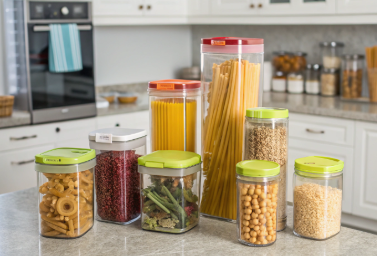


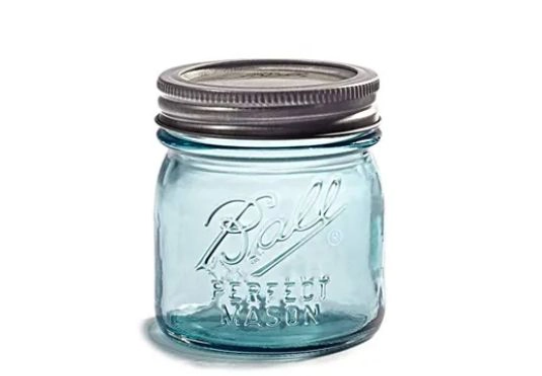

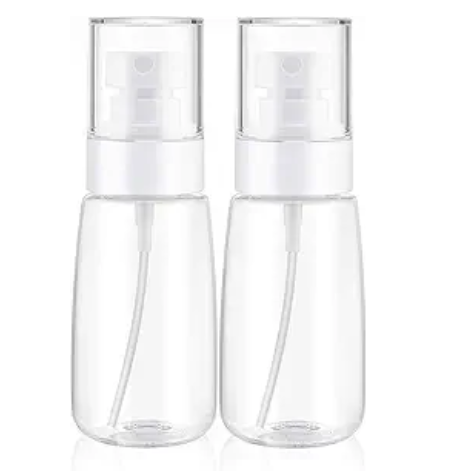
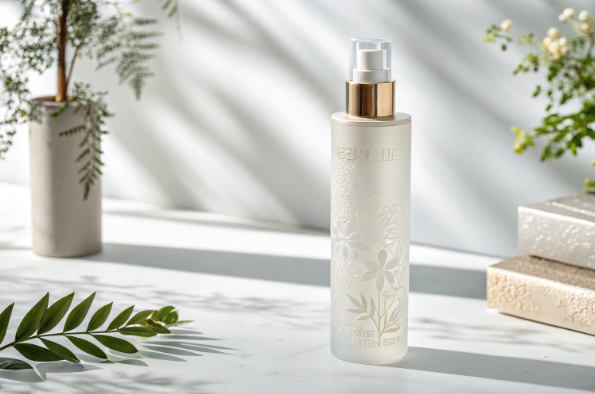
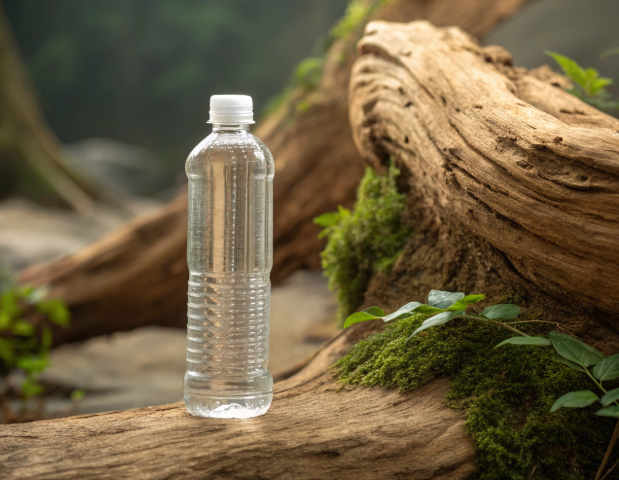
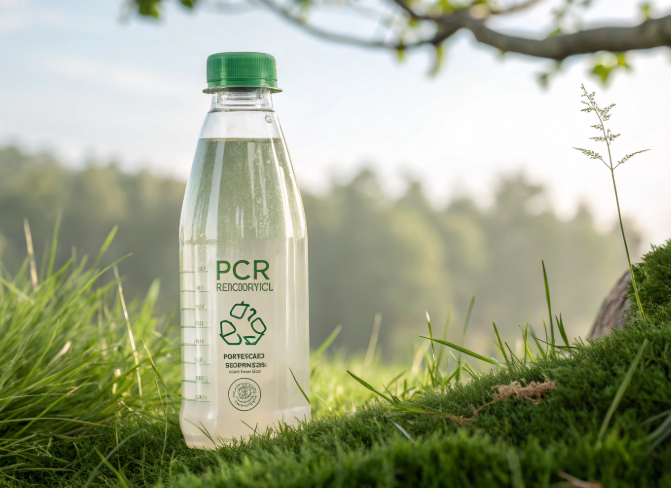
![Why High-Quality PCR Bottles Are Essential for Your Brand [2025]](https://ptwebimg.pinshop.com/i/2025/06/17/u9oj71-3.png)
